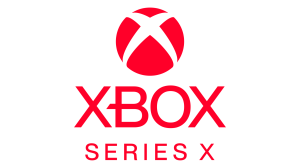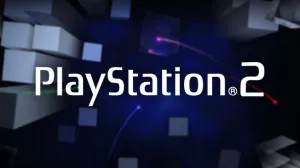
Microtransactions are definitely a hot topic, more so in recent times. With more and more publishes putting an emphasis on in-game transactions, the gaming community seems split on how to respond. Where some “loot box” trends are harmless, such as Overwatch’s system where everything can be earned simply by playing and all of the additions are just additional cosmetic features, other titles continue to tread that line of “pay-to-win”. EA’s Star Wars Battlefront II is a perfect example of toeing that line and shows the “dark side” of how these microtransactions can negatively impact the overall gameplay experience.
Videos by ComicBook.com
Though the latest in the Battlefront franchise is being met with positive feedback regarding its re-introduced story mode, and the beta was hailed as a success despite server issues, there is one thing that is sticking out in a way that might ruffle some feathers. Their loot crate system not only allows but also encourages players to spend real-life money on multiplayer advantages. For a full-priced title, the idea of spending even more money can be off-putting alone – the thought that the money spent gives a leg up in a multiplayer environment could immensely hinder the online experience for those that can’t, or won’t, spend additional money.
How it works:
The ability to progress throughout the progression system is done through the use of cards that provide certain bonuses in the multiplayer environment. This includes health buffs, faster cooldowns, tactical jammers, and more. The cards themselves are identified by different rarity levels. A rare “blue” star card will be infinitely more beneficial to a lower “green” one, and so forth. After the initial backlash about the “pay-to-win” mentality hit, EA decided to remove their highest tier of cards from their loot crate system – but was it enough?
The three types of loot crates to earn cards fall under these categories:
- Soldier abilities
- Ship abilities
- Hero abilities
For the most part, players can earn credits by playing the game. Cards can also be crafted in the game with parts earned, making several options available when seeking to obtain these desired loot crates. However, the way it is set up – it’s really encouraged to “skip all that” and simply buy the advantage needed out right. Skip the grind, go right in and boom – high level advantages are available from the get go with real-life money. Here’s the breakdown:
The full process:
The more cards a player has, the higher level that player is. This makes the temptation of “buying your level” just there right at a player’s fingertips. A player, if they wanted to spend the cash, could simply buy their way to the desired level versus playing their way up to it in the more standard way. If a player finds a higher rarity scaled card in a loot box, instead of crafting, they can equip it without ever having played a match. Ranking up organically helps with crafting cards only, but it does nothing to stop those from equipping rare drops found through the crate system.
Effectively, this makes it where players can quite literally pay their way through the game. It is not out of the realm of reason that if a player should spend X amount of money on crystals to purchase crates, that they could equip incredibly rare advantages with only a few sessions of multiplayer under their belt versus other players that earn organically with lower stats. For those players that don’t have infinite amount of time to grind, and do not wish to spend any more money on top of the Battlefront II purchase, this makes the online play arena incredibly unbalanced and poses the question: How far is too far for Microtransactions?
Luckily for interested players, the multiplayer in the latest title is incredibly fun – well-paced, graphically stunning, and with tons of beloved characters. The loot crates provide another means of making money – which, to be fair, is the aim of businesses. But when does the bottom line overshadow the play experience?








